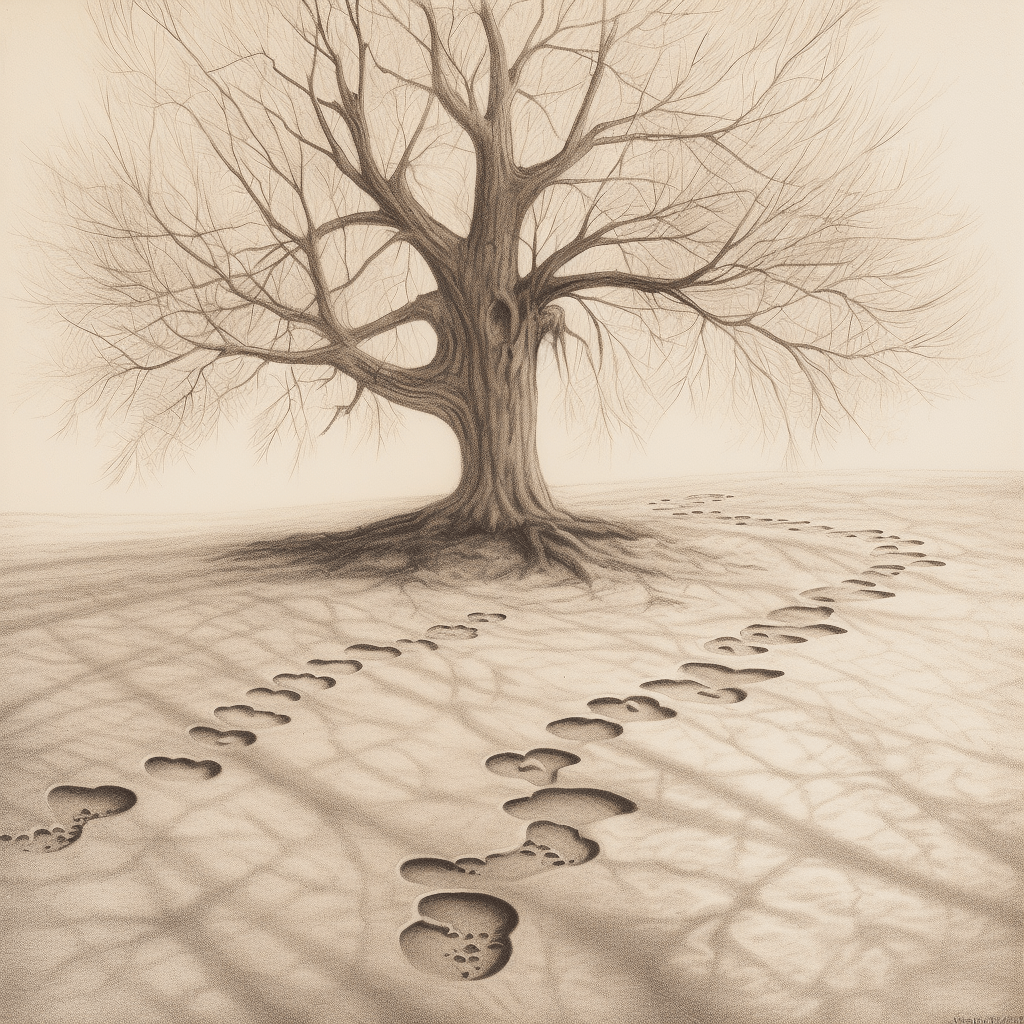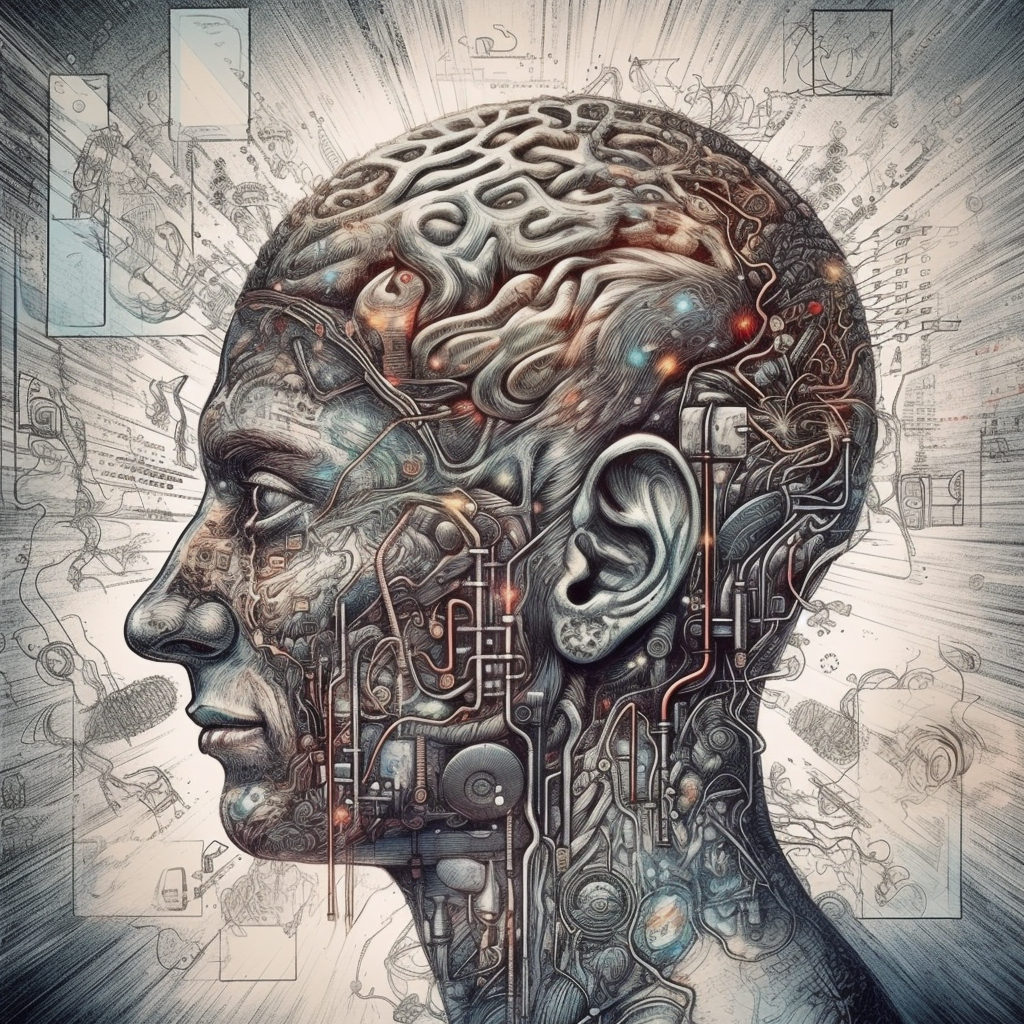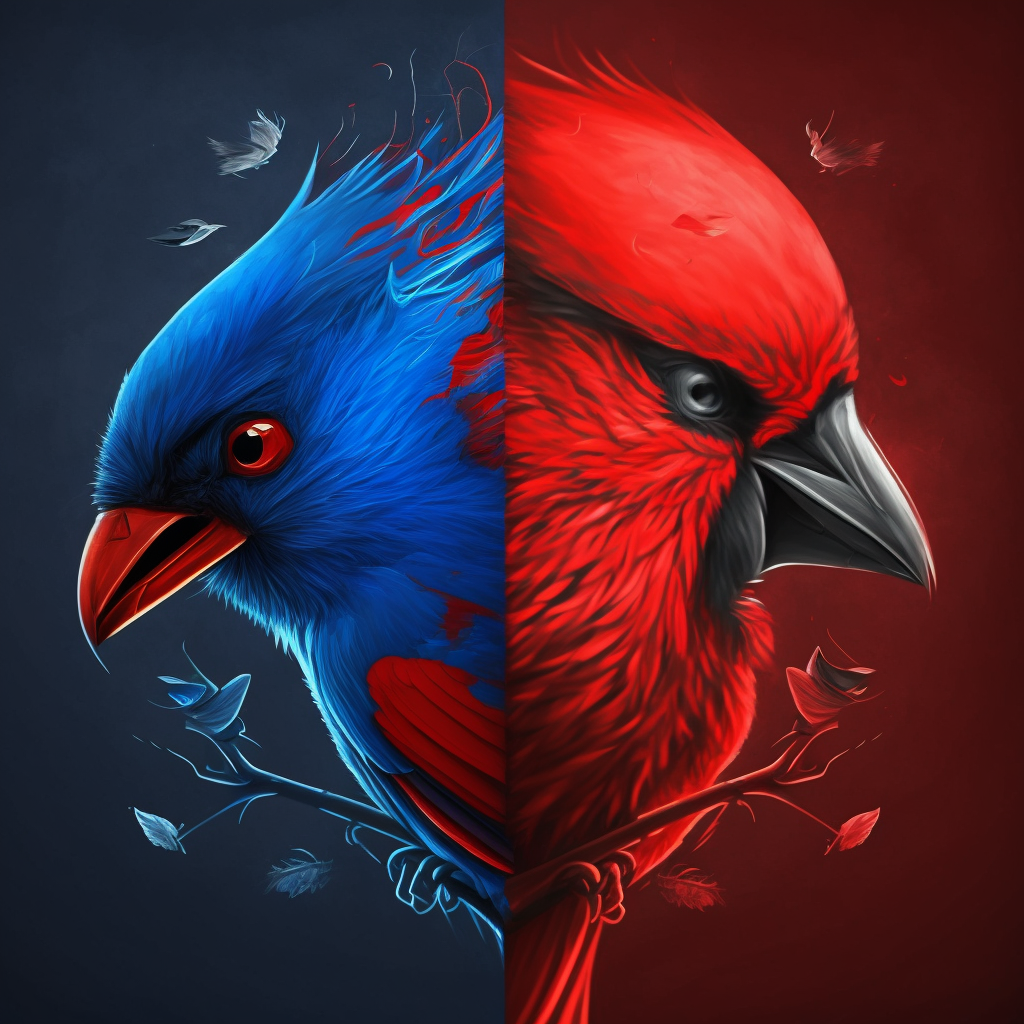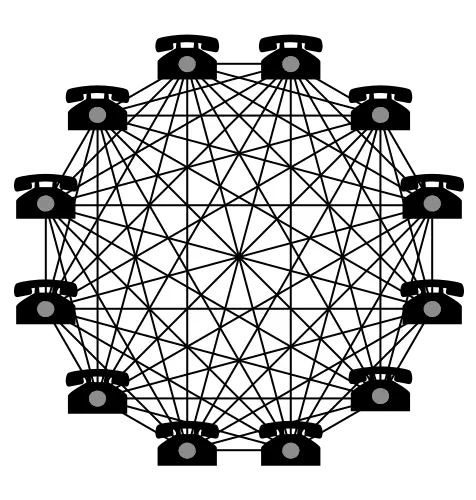
Imagine you’re sitting around a campfire, and someone tells a fantastic story. You’re captivated, but you know it’s just a story. Yet, as this tale gets retold around different campfires, the story starts to get taken as truth, despite it originating as mere fiction.
This is the essence of the Woozle Effect.
It’s like a game of telephone, where the message changes as it’s passed on, but in this case, it’s a fact or a piece of information that, despite its dubious origins, gains credibility as it gets cited over and over. It’s named after a fictional creature from Winnie the Pooh, a creature that was never seen but believed to exist because of its footprints, which turned out to be their own footprints going in circles.
What is the Woozle Effect in the Media?
In media, the Woozle Effect is especially relevant. News outlets or individuals may cite a study or a statistic without critically examining its origin or validity. As this piece of information is repeated, it starts to take on a life of its own, becoming a “fact” in the public consciousness simply because of how often it’s been referenced.
In the age of the internet and social media, this effect is stronger than ever, and unfortunately doesn’t look to be slowing down anytime soon.
The Woozle Effect can lead to misinformation spreading and becoming entrenched in public opinion. It’s a reminder that we must be discerning consumers of media, always questioning the sources of our information and not just accepting things at face value. And it’s an encouragement for media outlets to rigorously fact-check their work and ensure they’re not becoming unwitting participants in the creation of a Woozle.
Where Does the Term “Woozle Effect” Come From?
The term “Woozle Effect” was inspired by a charming story from the beloved A. A. Milne book Winnie-the-Pooh, first published in 1926. (Coincidentally, the book also just came into the public domain!)
In one chapter, our favorite bear, Pooh, and his loyal friend Piglet, embark on an adventure in the snow, tracking what they believe to be the footprints of a mysterious creature, a Woozle. As they follow the trail, the footprints seem to multiply, causing confusion and intrigue. However, the truth is unveiled when their friend Christopher Robin points out that they’ve simply been walking in circles, following their own footprints.
Before the term “Woozle Effect” came into popular usage, the idea it represents was already a topic of discussion for more than six decades. Researchers in the field of psychology, as early as 1953, referenced the concept of “scientific woozle hunters” when discussing research errors and scientific methodology. Others compared the pitfalls in social science research to a “hunt for the woozle”.
But it wasn’t until 1979 that the term “Woozle Effect” was officially coined by Beverly D. Houghton. She introduced the term during a panel discussion, critiquing the way unfounded beliefs can gain ground in academic literature and the public’s perception, almost like a myth taking form. Houghton later defined the Woozle Effect as “reification-by-accretion”. This essentially means that an idea, even if unsupported by evidence, gains validity as it’s cited over and over again, almost like snow accumulating on a rolling snowball.
The Woozle Effect is particularly potent in areas where empirical evidence is largely based on experiential reports, such as social sciences. This can lead to a tendency for researchers to interpret evidence in line with their expectations, or even societal views of social justice.
In essence, the Woozle Effect highlights a potential pitfall in information dissemination, where something can become accepted as truth merely because it’s repeated often enough. It’s a reminder to always critically evaluate the evidence before accepting something as fact.
Some Famous Examples of the Woozle Effect
- The Porter and Jick Study: This five-sentence letter published in the New England Journal of Medicine in 1980 claimed that addiction was rare in hospital patients treated with narcotics. Over time, it was cited out of context to assert that addiction was equally rare in patients prescribed narcotics for home use. Misrepresentation in both academic and non-academic publications led to widespread misunderstanding of the study’s scope and ultimately fueled the North American opioid epidemic.
- The “We Can Do It!” Poster: Geraldine Hoff Doyle claimed she was the inspiration for the iconic “We Can Do It!” wartime poster. Despite the lack of evidence, her claim was repeated without verification, lending it undue credibility.
- A Trump AI Image: There was an instance where an AI-generated image of Donald Trump went viral, but was later debunked as a fake. The image had been shared and cited so widely that people believed it to be genuine, demonstrating the power of repeated misinformation.
- Lottery Winners Going Broke: A pervasive belief exists that most lottery winners end up broke. This belief originated from a small study, which was misreferenced and then repeated for decades. Despite the lack of substantial evidence, the narrative has persisted, illustrating the Woozle Effect in action.
Now that you’ve learned about the Woozle Effect, you might be interested in how the Availability Bias can influence all of us.




